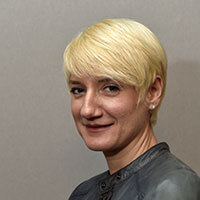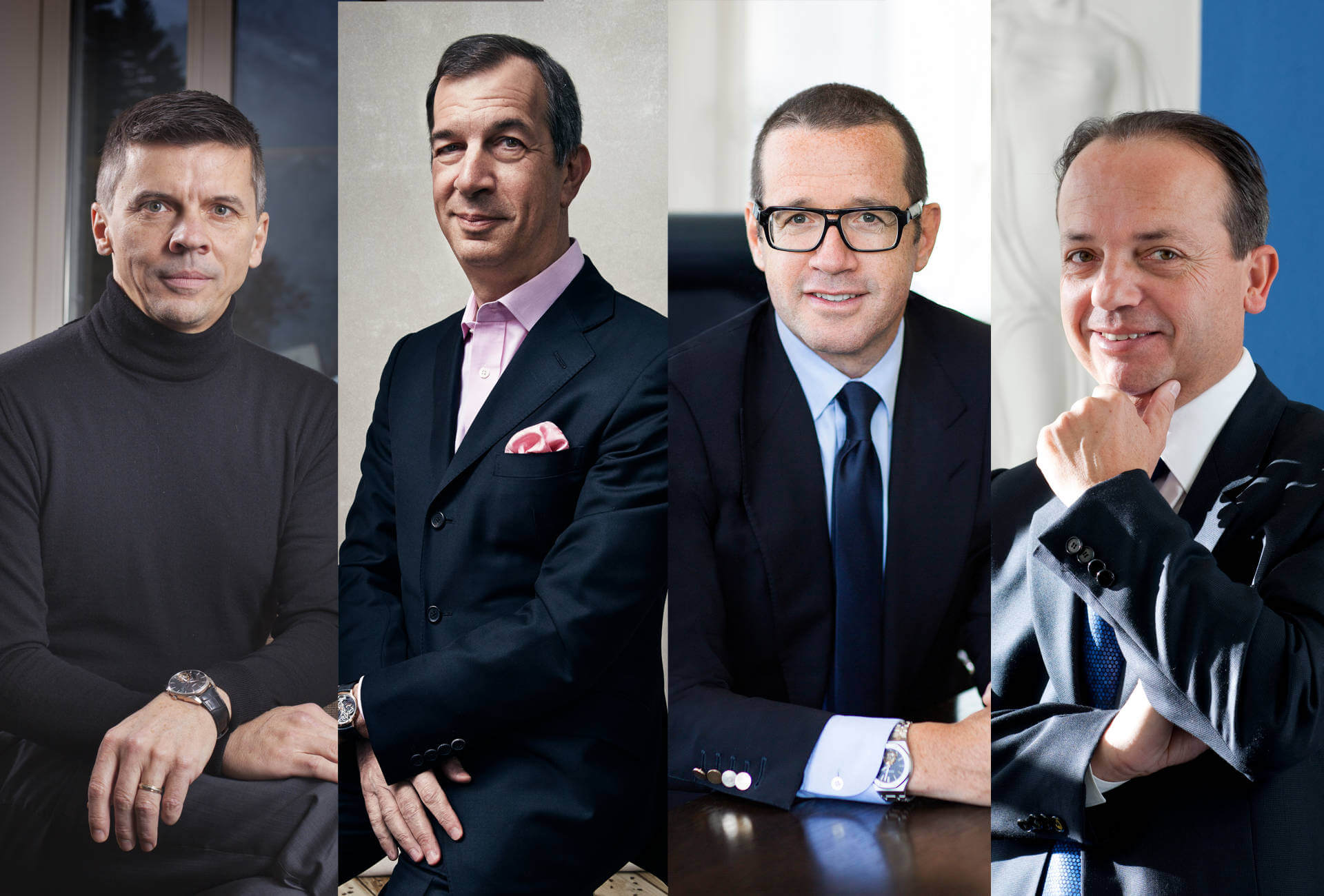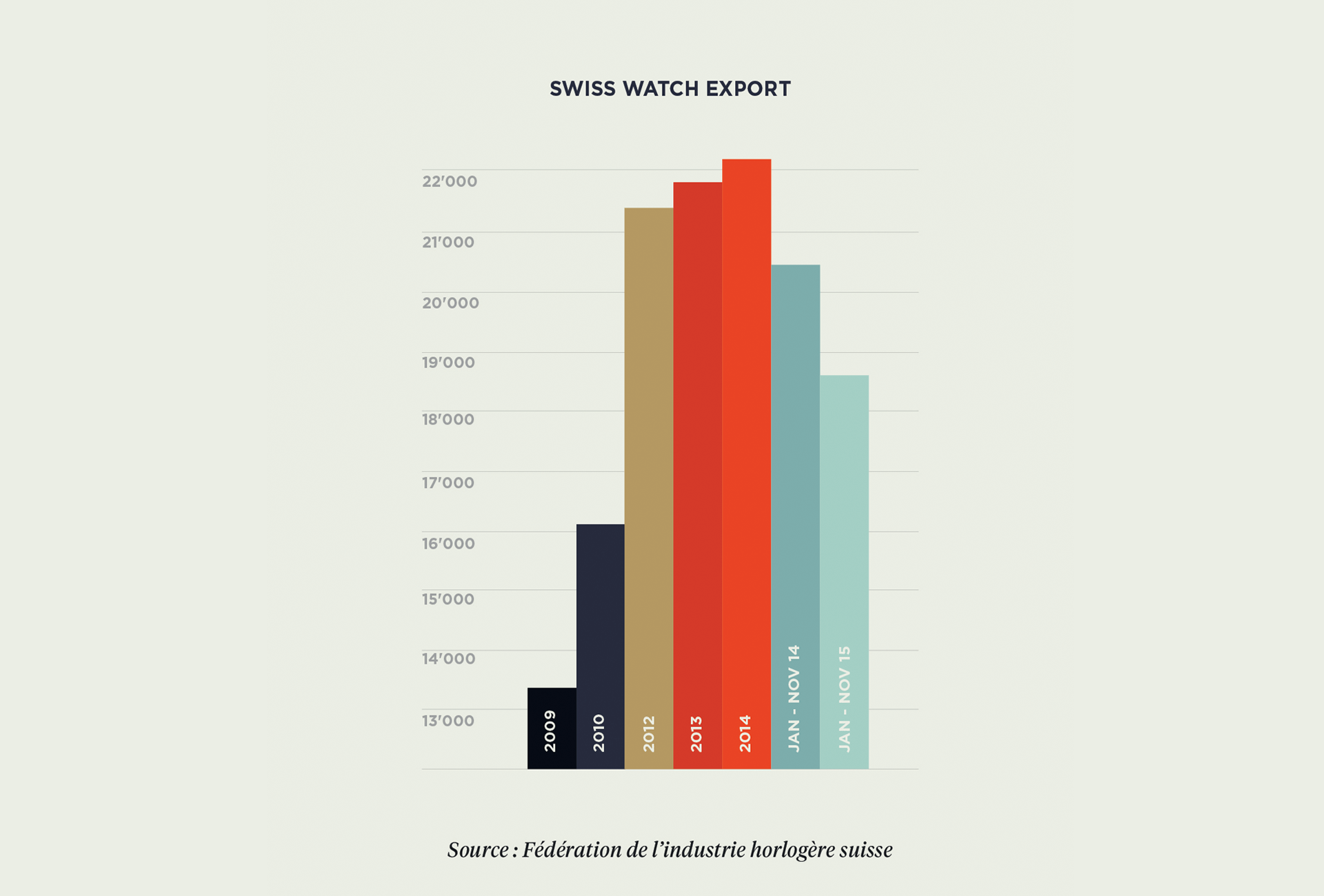Sluggish growth in China, tumbling oil prices, currency turbulence in Russia, a convalescent Europe and unpredictable stock markets… the Swiss watch industry has no choice than to contend with the numerous difficulties assailing its main markets. Fortunately, it can count on the experience and savvy of the individuals steering the fortunes of their respective brands.
As China continues to show signs of weakness, how is the watch industry adapting to structural changes in a market where it has made substantial investments? What to do to stem the impact of the sharp drop in oil prices on watch sales in the Middle East? How best to respond to the falling rouble and fluctuating exchange rates? What are the best ways to create new growth in a mature market such as the United States? And while the United Kingdom weathers the storm, Germany remains stable and Spain does better than expected, where in Europe should brands be focusing their efforts over the next few years?
Four industry bosses – Philippe Léopold-Metzger, CEO Piaget, Marc-Pierre Gaudreault, COO Parmigiani Fleurier, Christophe Claret, and François-Henry Bennahmias, CEO Audemars Piguet – took time out from their busy schedules to answer. Their message is that investment in the main tourist destinations is still the best way to reach Chinese customers, whereas Russians are increasingly inclined to buy at home; that the United States continues to show strong potential for growth; that the main European markets remain a long-term priority, and that new products are the key to success.
Philippe Léopold-Metzger – Piaget
Chief Executive of Piaget since 1999, Philippe Léopold-Metzger can take credit for the brand’s rejuvenation thanks to new product launches, the development of its High Jewellery sales, and the strengthening of production at the twin sites of Plan-les-Ouates (Geneva) and La Côte aux Fées (Neuchâtel).
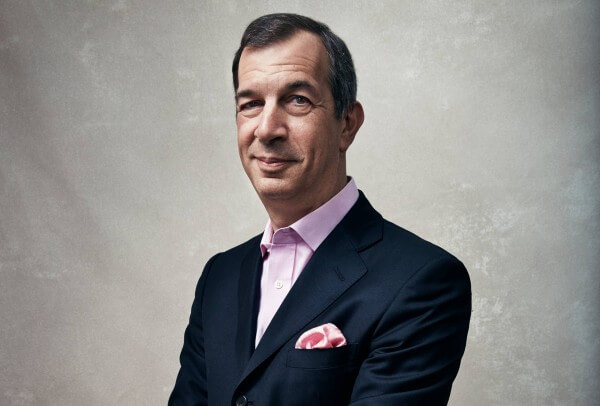
China
We have two objectives in China: one is to consolidate our network, in particular our retail network, and the other is to significantly develop jewellery sales. We are also working hard to capitalize on spending by mainland Chinese tourists worldwide. This year’s opening of two flagships, one on Rue de la Paix in Paris and one on Via Verri in Milan, is clearly part of this strategy. Beyond China, Asia has other territories with strong potential, such as South Korea, Thailand, and South-East Asia in general.
Middle East
We are increasing investments in the Middle East to regain awareness in what is historically a strong region for Piaget. We hosted a major VIP event last November and are a main sponsor of this month’s Art Dubai.
Russia
Luxury brands do good business in Russia provided prices are right, and like any other brand we have to adjust our prices regularly. Increasingly, Russians are buying locally.
North America/USA
There is real potential to grow our market share in the United States. We have two store openings planned for the next three months, in Toronto and Houston. We’re also developing products that we are confident will appeal to this market.
Europe
A long-term strategy must focus on the “Big Six” of France, Italy, Switzerland, UK, Spain and Germany. Switzerland remains the market where tourists, particularly from Asia, are most inclined to buy Swiss watches.
Marc-Pierre Gaudreault – Parmigiani Fleurier
After coaching professional ice hockey in France and Switzerland, Marc-Pierre Gaudreault transferred to the watch industry in 2002. He began his career with Swatch Group before joining Parmigiani Fleurier, where he was appointed Chief Operating Officer in October 2015.
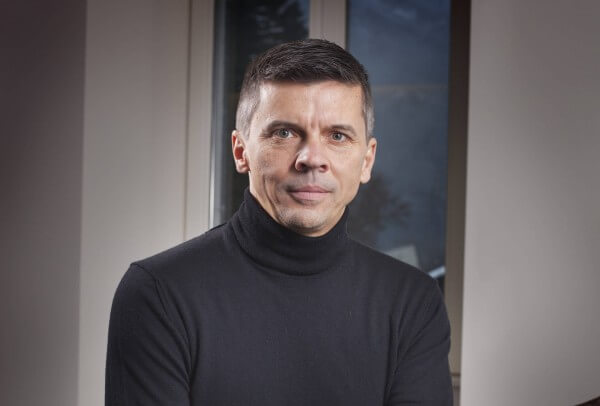
China
Asia, and China in particular, are important regions for Parmigiani Fleurier, although we prefer to implement a global development strategy that doesn’t overexpose us to fluctuations in local markets. Chinese customers are increasingly mobile and we have to be able to welcome them anywhere in the world.
Middle East
I’m convinced the Middle East has vast potential. We need to be patient and sow the seeds for future growth. There’s a beginning and an end to every cycle.
Russia
Again, it’s important to avoid short-term thinking. Despite the drop in purchasing power, we’re continuing to develop the brand as this builds confidence among local partners and their clientele. I’m confident sales will be back to normal as soon as the crisis has passed.
North America/USA
North America remains a solid market and an excellent testbed for the rest of the world. Product quality, marketing and image are the keys to success. Parmigiani Fleurier has been active in the North American market ever since the brand was founded. We aim to strengthen our foothold by offering quality products and services such as after-sales and restoration of vintage timepieces.
Europe
Europe is a group of twenty-eight countries whose geopolitical construction is still in progress. We need to take a global vision, build on our strong points and improve any weak points. Focusing on one population is to run the risk of losing the others.
We will be taking steps to open points of sale in London, Germany, Italy and Spain.
Christophe Claret
Christophe Claret is one of the industry’s few independent names. He is at the head of the Manufacture he set up more than twenty years ago and the boss of the brand he launched in 2009, both focused on innovation.
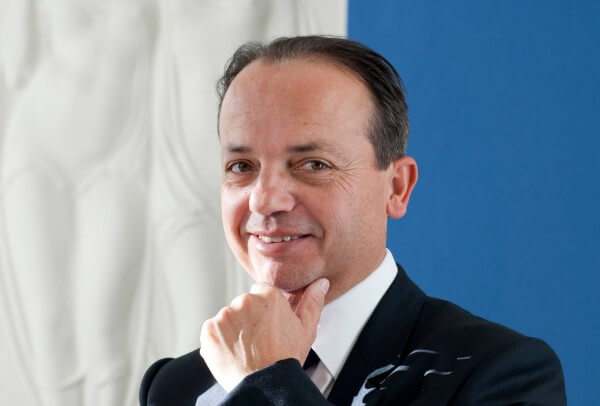
China
We make around a hundred watches a year that we sell to collectors who are seeking to make an investment. We don’t have any points of sale in continental Asia. The slowdown in growth has had an impact on our sales, although we are still selling to Chinese customers at our points of sale outside Asia.
Middle East
We were one of the exhibitors at the Doha Jewellery & Watches Exhibition in February, where we sold several watches despite the difficult economy, no doubt because we have two products, Mecca and Layla, which are particularly suited to this market. Layla is inspired by our Margot watch. We adapted the design to Middle-Eastern tastes by using Arabic letters, for example.
Russia
We no longer sell on the Russian market, hence we aren’t affected by fluctuating exchange rates.
North America/USA
We now have a new agent and organise regular events with collectors and retailers to help grow sales.
Europe
Apart from France, where we work with Chronopassion in Paris and Le Salon Horloger in Courchevel, we don’t have much representation in Europe. We will, however, be taking steps over the coming months to open points of sale in London, Germany, Italy and Spain.
We've built our success in the United States on a simple, effective strategy: one customer at a time, one watch at a time.
François-Henry Bennahmias – Audemars Piguet
François-Henry Bennahmias joined Audemars Piguet in 1994 fresh from a career as a professional golfer. Having occupied several key positions within the group internationally, he was appointed Chief Executive in 2012.
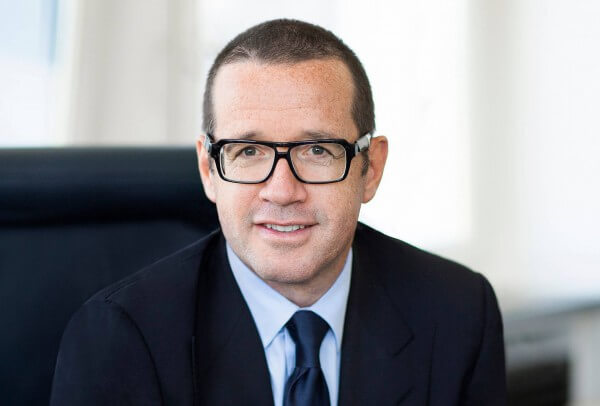
China
Our strategy to spread sales across the different global markets is beginning to bear fruit. Because we’ve been careful not to put all our eggs in one basket, we’re probably less exposed than others to China’s fluctuating market.
Middle East
Last year, Audemars Piguet recorded double-digit growth in the Middle East.
Russia
We’ve adapted to fluctuating exchange rates. Russian customers are increasingly inclined to buy locally.
North America/USA
For the past fifteen years, the US has been one of our two biggest markets. We’ve built our success on a simple, effective strategy of one customer at a time, one watch at a time.
Europe
Germany and the United Kingdom both have significant potential and opening stores there is a major part of our development strategy, which doesn’t mean we’re turning our back on the other European countries. Switzerland, France, Italy and Spain all have an important role to play.







